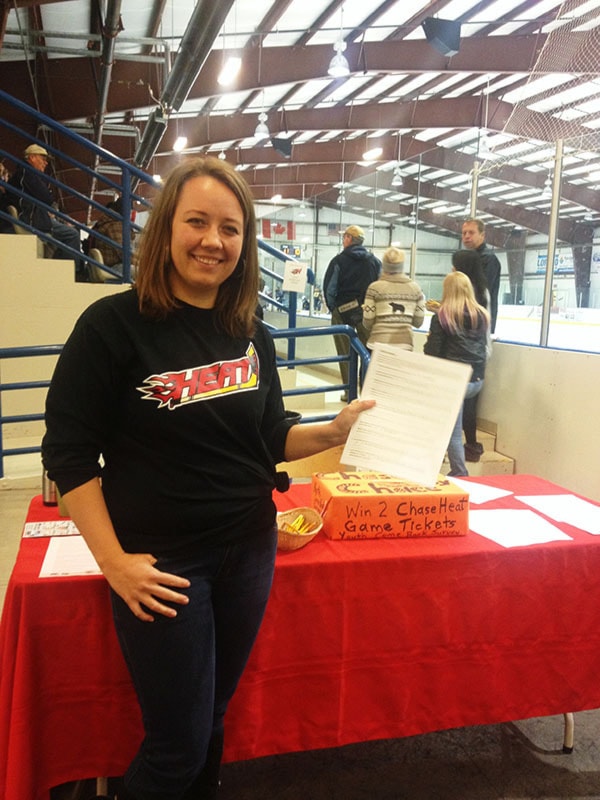A pilot project may play a role in revitalizing Chase and putting an end to the exodus of youth.
Natalya Melnychuk is a representative of Project Comeback and a contractor working with the Village of Chase.
Her job is simple: find out why so many youth are leaving the rural communities they call home, and find ways to keep them from doing so.
“It is a two-year initiative that is aimed at identifying, building and sharing knowledge on what interests youth in the community of Chase and what would bring them back,” Melnychuk said.
Project Comeback looks at the idea that there are a lot of young people in rural communities who leave once they graduate high school, she said.
“How do you get them to come back? What is the incentive to have them live here? What kind of things do they need to see here, to make them want to stay or raise a family here?” Melnychuk asks.
The project rep is also looking at what will bring new blood into the community, in an attempt to bring young families to the area who will stay for some time.
Melnychuk explains that the decline of youth in rural areas is not a problem that exists only in Chase.
“It has been identified as a major problem throughout the province and across the country,” she said.
In B.C. it is particularly a problem. Youth leave the rural areas while the baby boomers and retired community are getting older, she explained.
“So you have these two trends that are playing together, which provide a bit of an issue when you have services that need to be provided to people who still live in the community,” Melnychuk said.
There are five pilot communities that are looking at these issues including Williams Lake, Smithers and Kaslo.
The program has received good reviews so far as other communities enter into the workshop phase.
Chase, however, was late to join in on the program, and is only just entering into the survey portion.
There has been some project development at the provincial level already, Melnychuk said.
“It began at the start of 2013, and now we are in the phase of collecting the preliminary data from the communities to identify specifically what it is about Chase that is causing the issues, and then identifying it with the different communities.” she said.
Over the following weeks, Melnychuk will be handing out surveys.
While she is particularly interested in what youth have to say, feedback from all demographics is important.
Melnychuk has already noted many differences between communities, explaining that one community identified people leaving as being strictly high school students while another felt it ranged to the age of 35.
Melnychuk will be spending time at Chase Heat games and the local high school, as well as visiting the local First Nations bands and on the street at Chase Country Christmas – popping up around town in between. She will also be leaving a number of surveys at the village office, as well as at a number of businesses.
An online version of the survey will soon be up and running, allowing residents to access it from home, and forward along to children currently in university, or those who have moved away.
Melnychuk hopes the survey will engage the community and allow her to see what the older generations think youth need, as opposed to what the youth are saying they need.
The survey is anonymous; however, those who wish to put down their name will be put into a draw to win a set of tickets to a Chase Heat game. A total of five sets will be given away.
All surveys will be collected by the end of December, and the results will be compiled throughout January.
Once the data has been analyzed, there a public workshop will be held in Chase to discuss the findings. The workshop is free, and anyone may attend.
This portion of the project will share the survey results with the community, and work with community members in finding solutions.
